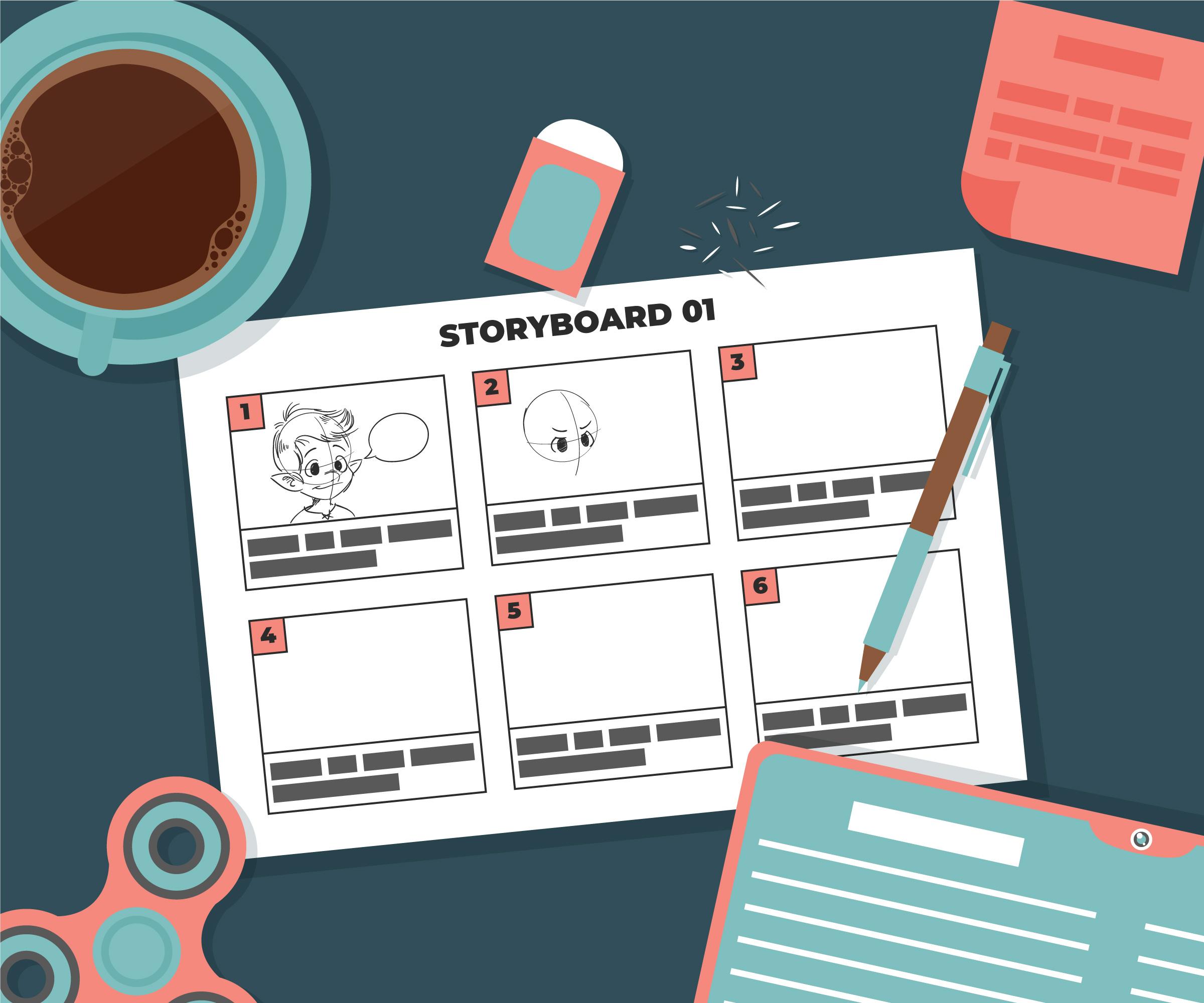
Supporting Your Child with Dyslexia at Home
From Home Adjustments to Effective Exercises
Dyslexia is a common learning difficulty that affects the ability to read, spell, and write. However, with the right support and strategies, children with dyslexia can thrive academically and emotionally. This article provides comprehensive guidance on how to create a supportive home environment and introduces various exercises to assist your child in overcoming the challenges of dyslexia.
Creating a Dyslexia-Friendly Home Environment
Organised Learning Space
Designate a quiet, clutter-free area for study and homework. Ensure that this space is well-lit and equipped with all necessary materials such as books, writing tools, and assistive devices. Stability in the learning environment can greatly enhance focus and productivity.
Assistive Technology
Utilise technology designed to support dyslexic learners. Text-to-speech software, audiobooks, and spelling and grammar apps can make reading and writing tasks more manageable. Moreover, typing instead of handwriting may be beneficial since it can help bypass some of the handwriting difficulties that often accompany dyslexia.
Visual Aids and Resources
Incorporate visual learning tools like colour-coded charts, diagrams, and flashcards. These aids can help reinforce learning by making abstract concepts more tangible and easier to understand. Additionally, using different colours for different subjects or types of information can help with organisation and recall.
Consistent Routine
Establish a daily routine that includes regular study times, breaks, and extracurricular activities. A structured routine can help your child develop better time management skills and reduce anxiety associated with unpredictability.
Positive Reinforcement
Celebrate your child’s achievements, no matter how small. Positive reinforcement can build confidence and motivation. Recognising effort rather than just success can encourage perseverance and resilience.
Exercises to Aid Children with Dyslexia
Reading Aloud
Encourage daily reading aloud sessions. This practice helps improve phonemic awareness, fluency, and comprehension. Choose books that interest your child and are at an appropriate reading level. Gradually increase the complexity as their skills improve.
Phonemic Awareness Activities
Engage in activities that focus on phonemic awareness. These activities might include rhyming games, segmenting words into individual sounds, and blending sounds to form words. Phonemic awareness is a critical skill for decoding words and is often a challenge for dyslexic children.
Multi-Sensory Learning
Incorporate multi-sensory techniques into learning. For example, use sand or shaving cream for writing practice to engage the sense of touch, or use letter tiles and magnetic letters for building words. This approach can help reinforce memory through multiple sensory inputs.
Memory Aids
Utilise mnemonic devices and memory aids to help with spelling and recall. Techniques like acronyms, acrostics, and visual imagery can make remembering complex information more manageable and fun.
Word Games and Puzzles
Incorporate word games and puzzles into daily activities. Games like Scrabble, Boggle, and crossword puzzles can enhance vocabulary, spelling, and critical thinking skills. These activities also make learning more engaging and enjoyable.
Writing Exercises
Encourage regular writing through journaling or creative writing exercises. Start with short, simple tasks and gradually increase the length and complexity. Focus on content and ideas rather than spelling and grammar to build confidence and encourage expression.
Speech and Language Therapy
Consider working with a speech and language therapist who can tailor exercises to your child’s specific needs. Therapists can provide targeted support to improve articulation, language comprehension, and expressive language skills.
Additional Tips for Parents
Build a Support Network
Connect with other parents, support groups, and educational professionals. Sharing experiences and strategies can provide valuable insights and emotional support. Schools and local organisations often have resources and networks dedicated to supporting children with dyslexia.
Stay Informed
Educate yourself about dyslexia and stay updated on the latest research and resources. Understanding the condition can help you advocate effectively for your child’s needs and make informed decisions about their education and support.
Collaborate with Teachers
Maintain open communication with your child’s teachers and school staff. Collaborate on strategies and accommodations that can be implemented both at school and at home. Regular meetings and progress updates can ensure that your child receives consistent support.
Encourage Independence
Foster independence by teaching your child self-advocacy skills. Encourage them to express their needs and seek help when necessary. Developing these skills can boost their confidence and prepare them for future challenges.
Focus on Strengths
Identify and nurture your child’s strengths and interests. Focusing on areas where they excel can boost their self-esteem and provide a sense of accomplishment. Whether it’s art, sports, music, or science, celebrating their talents can create a more balanced and positive outlook on learning.
Patience and Understanding
Be patient and understanding. Dyslexia can be frustrating, but a supportive and empathetic approach can make a significant difference. Listening to your child’s concerns and providing reassurance can help them feel heard and valued.
In conclusion, supporting a child with dyslexia requires a combination of tailored home adjustments, effective exercises, and a nurturing environment. By implementing these strategies, you can help your child develop the skills and confidence they need to succeed both academically and personally.



